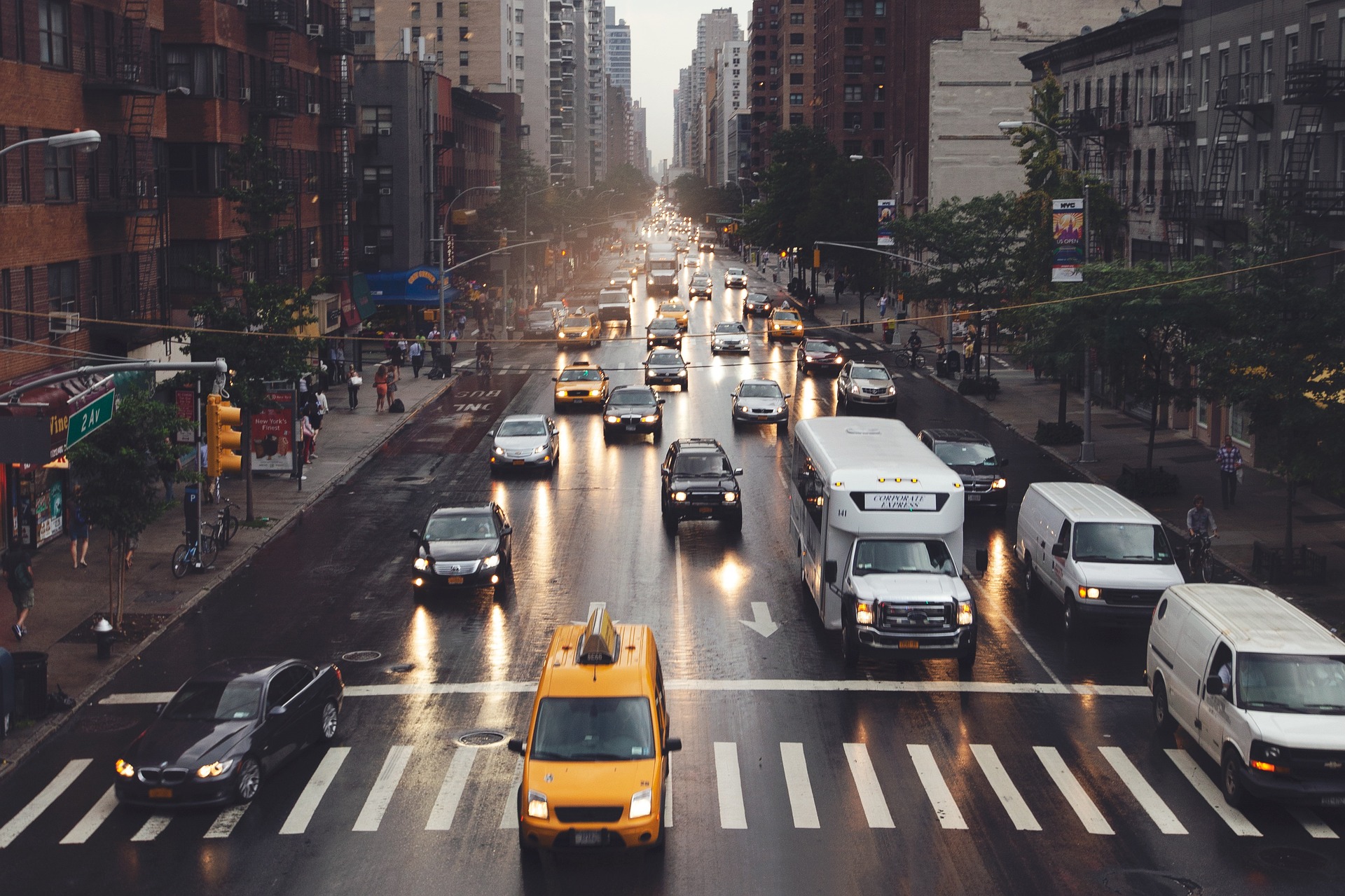When Autonomous Self-Driving Vehicles Challenge Existing Law: A Fresh Look
As 21st-century technology continues to swirl through our changing world, nothing signifies this revolution better than the rise in autonomous self-driving vehicles. From companies such as Tesla spearheading sophisticated self-driving technology to Uber dabbling in autonomous rideshares, these self-navigating machines signal not just a new age in motoring but initial ventures into uncharted legal territory.

Brief Historical Perspective perspective of Self-Driving Vehicles
Born from science fiction, autonomous vehicles have transformed Sean Connery’s Bond movies into reality. Historical developments for self-driving capability oscillated around techno-giants like Google and Tesla enhancing their proprietary algorithms with defined legal roadmaps proving challenging. The evolution of self-driving vehicles strikes as ongoing, dynamic tension between law framers and technological innovation.
Regulatory Flux: The Present-day Legal Sphere
Many presumed existing laws accommodating for human operators would automatically translate agnostic to human or machine.One profound technical revelation tops this misconceived notion – autonomous vehicles expose a pre-existing, a one-size-fits-all legal infrastructure that is ill-equipped to deal with the distinct challenges posed by AI on four wheels. Today’s regulatory ethos in the United States grapples with these emerging phenomena, steering away from restricting creativity, while ensuring human drivers’ safety arrangements.
Unsettled Roadways: Legal Nightmare
By conjuring potential cases interacting with self-driving vehicles, we illuminate controversy embedded since inception. A pedestrian passes haphazardly in the obscure glowing red lights zone, and the autonomous car’s software faces choices paralleling a moral paradox – either hit the pedestrian – potentially committing homicide – or veer towards oncoming traffic, threatening its muscled payload Yukon territory. These existential concerns cultivate sleepless nights for regulators accommodating innovative brilliance par exceptional safety standards.
Impacts and Challenges for Law and Society
From a behavioural change perspective, legalization process around self-driving vehicles impacts our interaction with automotive transportation. Scholarly comparison includes automation of elevators that raised similar fears transitioning into commonplace machinery. Striking legal jurisprudence, redefining seat-belt laws, drink driving limits and speed limits deserves unearthing, absent opportunities campaigning efficiencies of commuting via autonomous vehicles. Thus mirroring potential economic dividends whileverse on contrast requiring further regulatory insights.
Indeed, tackling potential legal challenges surrounding the integration of autonomous self-driving vehicles obligates a comprehensive dissection from multiple angles, culminating with technology’s golden rule - if it can be done; it should. Consequently, embracing existing, mundane frameworks becomes impractical signaling adventurous pathways and unempirical legal precedent throughout society in fields ranging road-user’s rights, insurance litigations, and tort negligence adapting our legal landscapes philosophically and normatively.
In sum, essential understanding is intertwining our governing policies with foresight of phenotypes these technological marvels could show owing to restrain seeping chaos towards harmonious, planned introspection. This magic dance between innovation and regulatory doctrines may hail hit-or-miss enterprise further offerings in future, however; debating our legal chess pieces nigh an exhilarating challenge. Nurturing public safety combined with quenching thirst for constant progression implies striking our legendary destiny serving a phenomenal lesson emulated across other fast-moving, technological frontiers.




